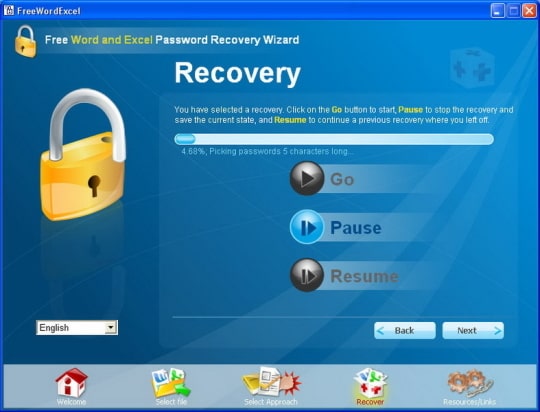

^ Zhang, Yan Ansari, Nirwan Wu, Mingquan Yu, Heather ().^ Groth, David and Skandler, Toby (2005).The following communication and networking technologies have been used to implement WANs. The speeds that people can currently use range from 28.8 kbit/s through a 28K modem over a telephone connection to speeds as high as 100 Gbit/s using 100 Gigabit Ethernet. Today, households are connected to the Internet with dial-up, asymmetric digital subscriber line (ADSL), cable, WiMAX, cellular network or fiber. 1960, a 110 bit/s line was normal on the edge of the WAN, while core links of 56 or 64 kbit/s were considered fast. New developments have successively increased transmission rates. Examples include circuit-switched telephone lines, radio wave transmission, and optical fiber.

Many technologies are available for wide area network links. Additionally, encapsulated packets may be encrypted to secure their data. Since two private networks, e.g., two branch offices, cannot directly communicate via the public Internet, the two networks must be bridged across the Internet via a virtual private network (VPN) or other form of IP tunnel that encapsulates packets, including their headers containing the private addresses, for transmission across the public network. Reserved private IPv4 network ranges Name Therefore, private hosts cannot directly communicate with public networks, but require network address translation at a routing gateway for this purpose. Packets addressed in these ranges are not routable on the public Internet they are ignored by all public routers. Of the approximately four billion addresses defined in IPv4, about 18 million addresses in three ranges are reserved for use in private networks. Performance improvements are sometimes delivered via wide area file services or WAN optimization. Protocols including Packet over SONET/SDH, Multiprotocol Label Switching (MPLS), Asynchronous Transfer Mode (ATM) and Frame Relay are often used by service providers to deliver the links that are used in WANs.Īcademic research into wide area networks can be broken down into three areas: mathematical models, network emulation, and network simulation. Network protocols including TCP/IP deliver transport and addressing functions. Because leased lines can be very expensive, instead of using leased lines, WANs can also be built using less costly circuit switching or packet switching methods. At each end of the leased line, a router connects the LAN on one side with a second router within the LAN on the other. Others, built by Internet service providers, provide connections from an organization's LAN to the Internet. Many WANs are built for one particular organization and are private. WANs are used to connect LANs and other types of networks together so that users and computers in one location can communicate with users and computers in other locations. This distinction stems from the fact that common local area network (LAN) technologies operating at lower layers of the OSI model (such as the forms of Ethernet or Wi-Fi) are often designed for physically proximal networks, and thus cannot transmit data over tens, hundreds, or even thousands of miles or kilometres.

However, in terms of the application of communication protocols and concepts, it may be best to view WANs as computer networking technologies used to transmit data over long distances, and between different networks. The textbook definition of a WAN is a computer network spanning regions, countries, or even the world. WANs can be separated from local area networks (LANs) in that the latter refers to physically proximal networks. Many WANs are, however, built for one particular organization and are private. In essence, this mode of telecommunication allows a business to effectively carry out its daily function regardless of location. īusinesses, as well as schools and government entities, use wide area networks to relay data to staff, students, clients, buyers and suppliers from various locations around the world. Wide area networks are often established with leased telecommunication circuits. A wide area network ( WAN) is a telecommunications network that extends over a large geographic area.


 0 kommentar(er)
0 kommentar(er)
